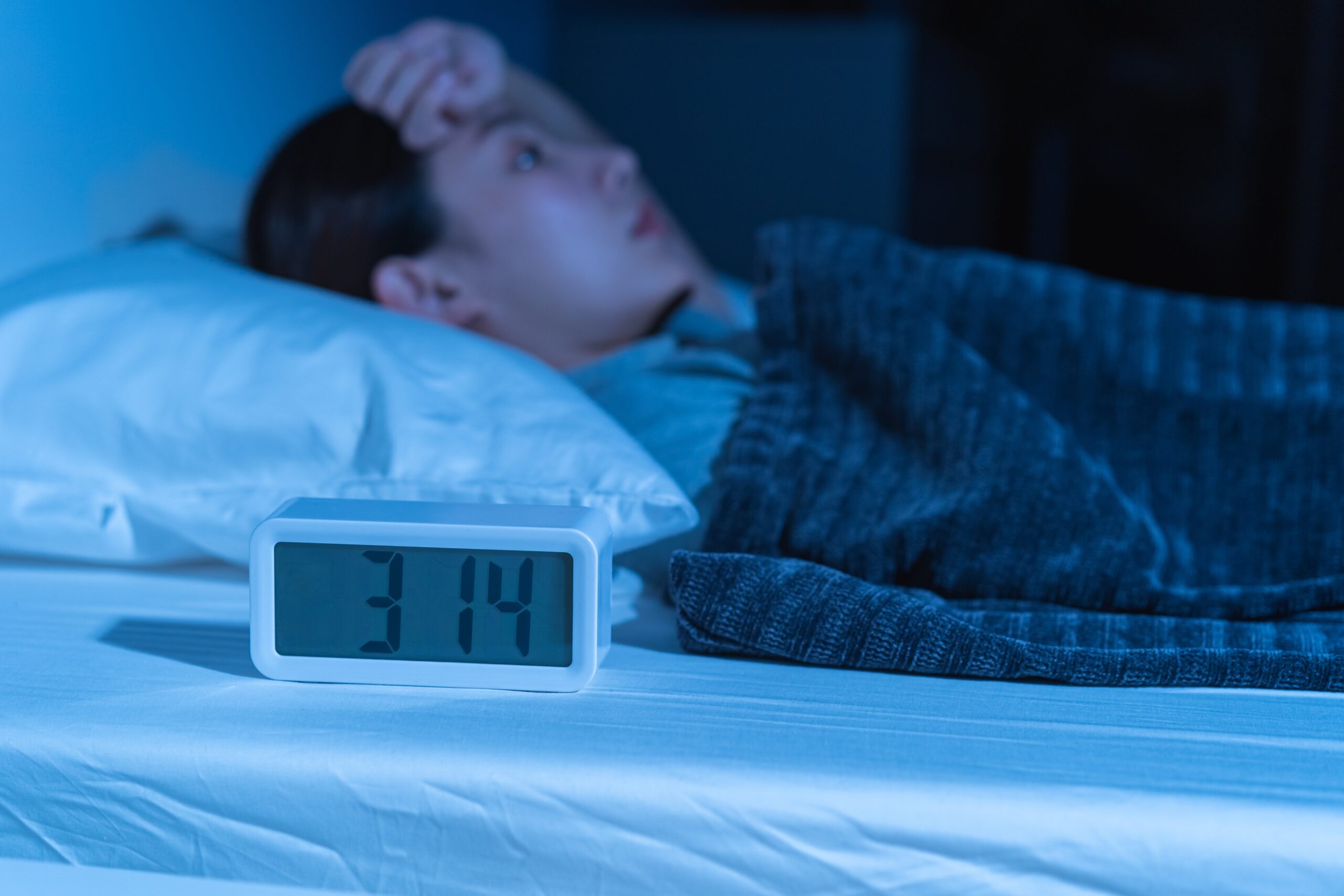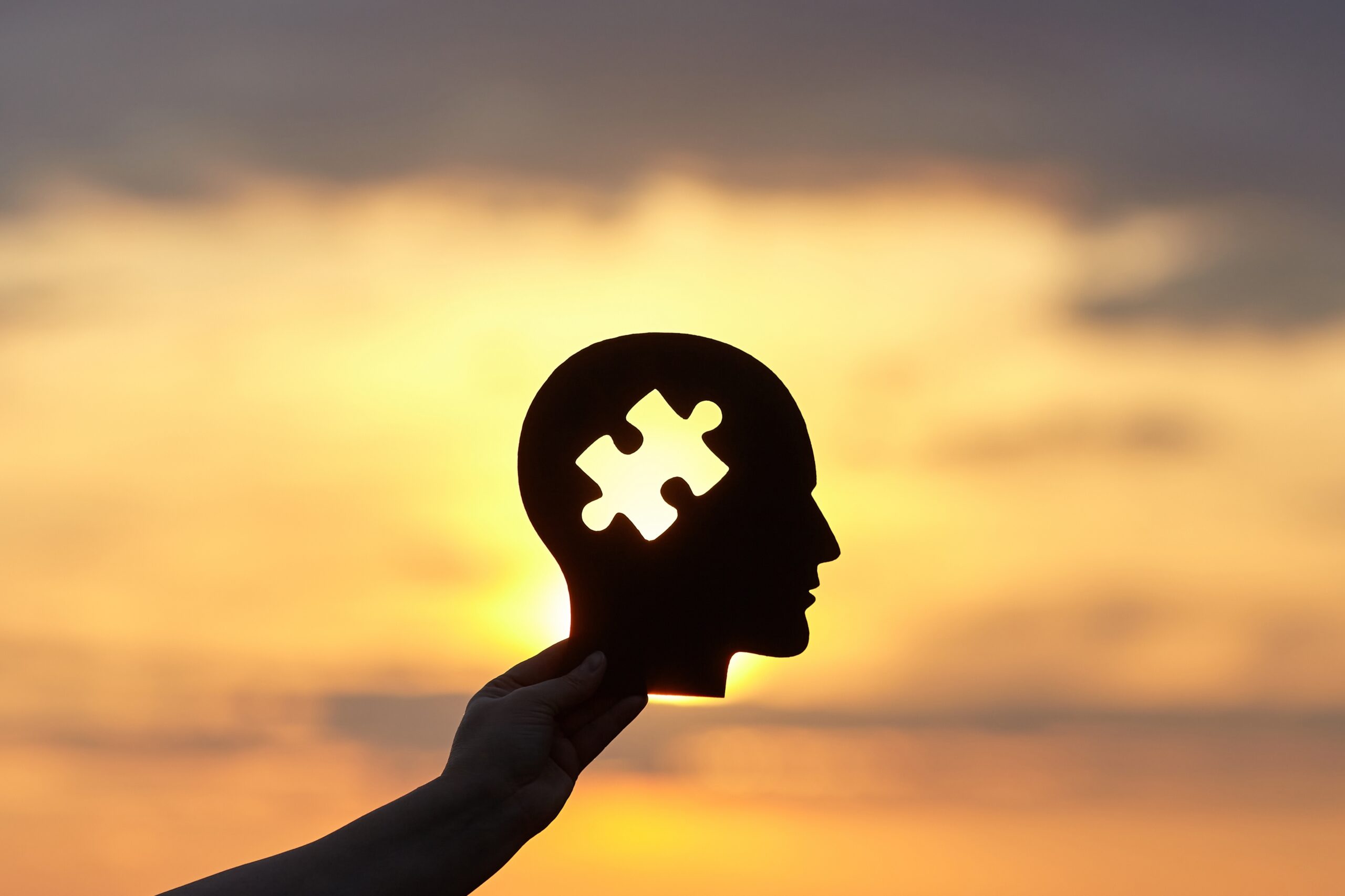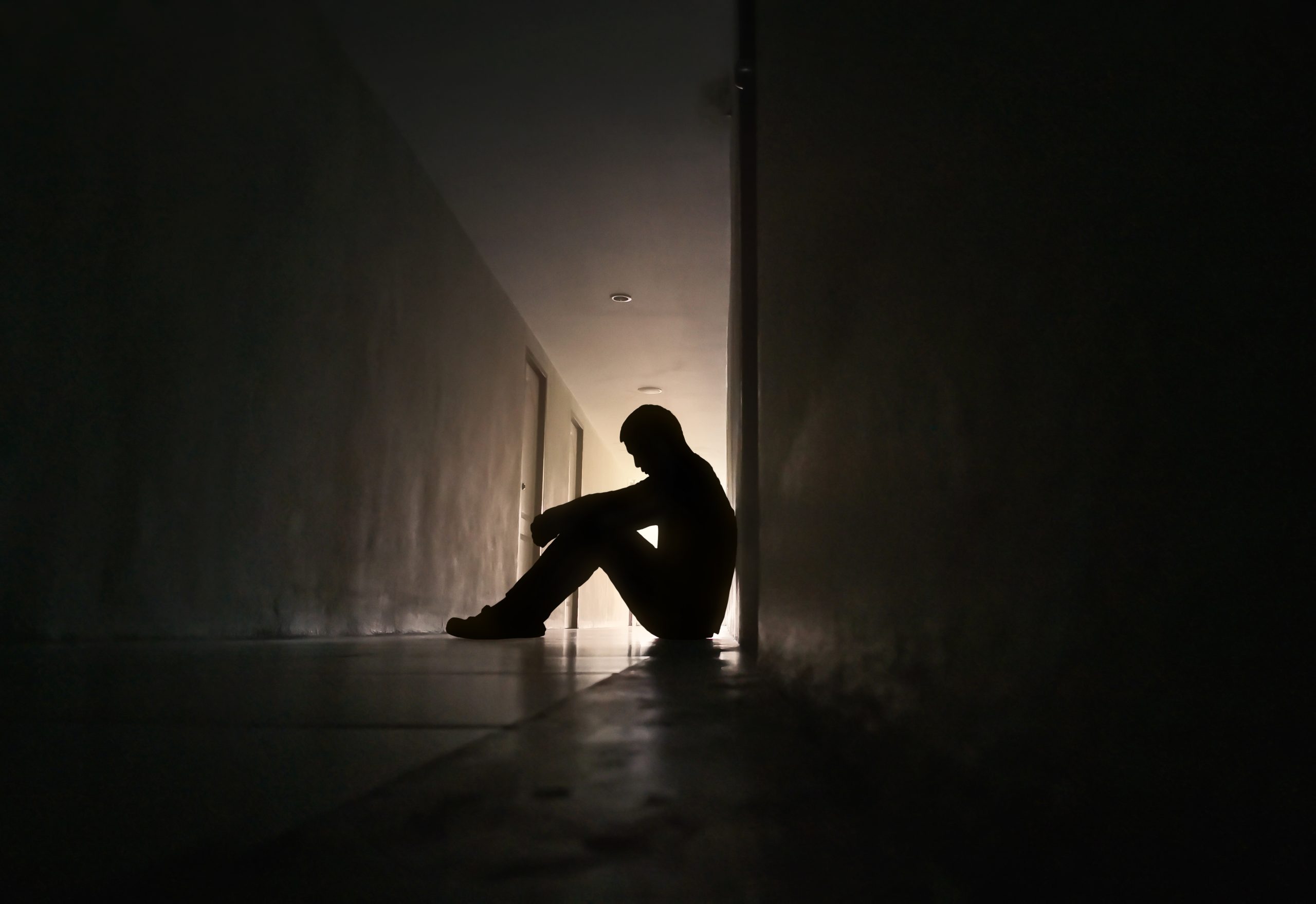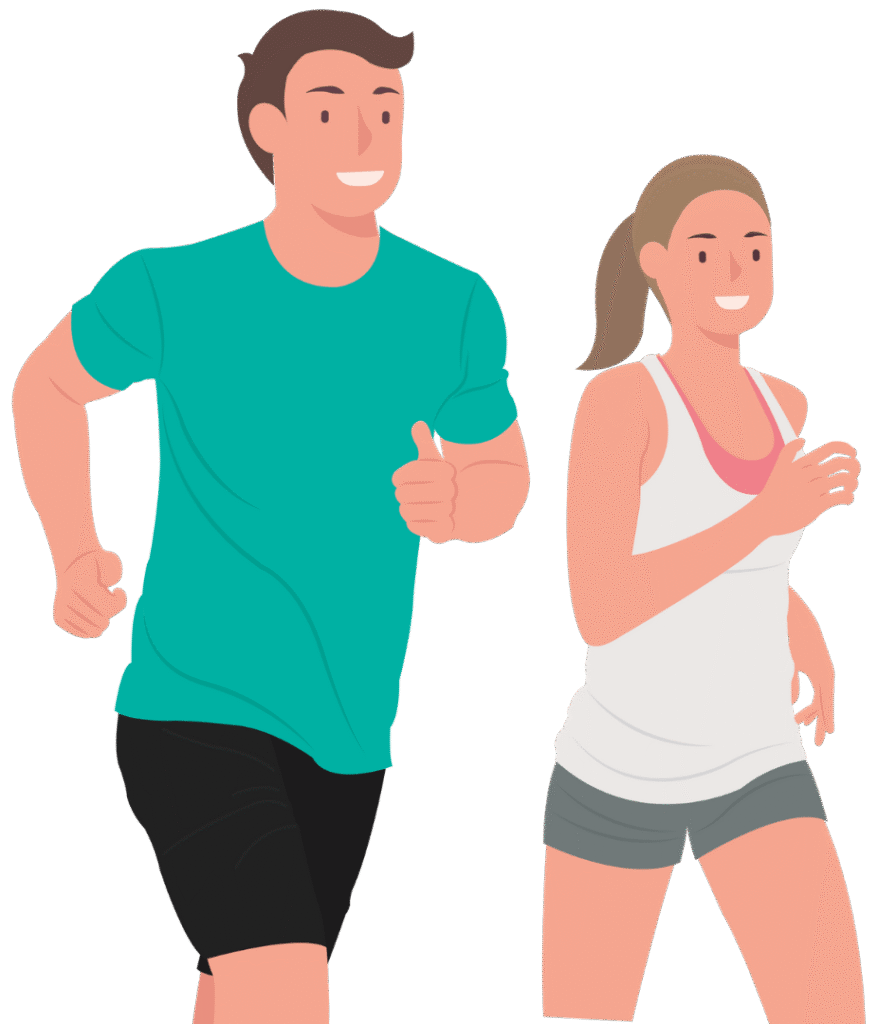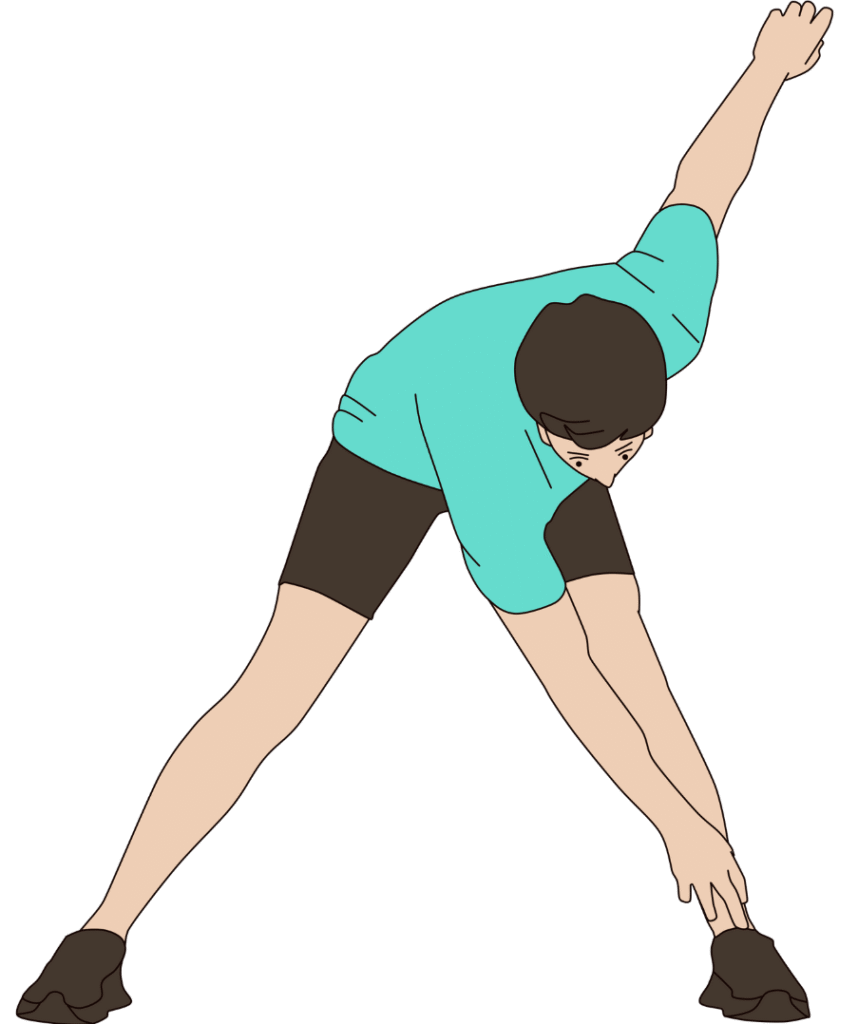Are you ready to unravel the mysterious 3 a.m. wake-up call that’s been leaving countless people wide-eyed in the wee hours, and discover what a sleep specialist really recommends?
At a Glance
- Insomnia has been a recognized concern for centuries, now exacerbated by modern life.
- Middle-of-the-night insomnia affects a significant portion of the adult population, especially older adults.
- Non-pharmacological interventions are the gold standard for treating insomnia.
- Insomnia remains underdiagnosed, with many sufferers not seeking treatment.
Understanding the 3 A.M. Phenomenon
The clock strikes three, and you’re suddenly as alert as if it’s high noon. This isn’t the start of a supernatural thriller but rather the nightly reality for many people dealing with middle-of-the-night (MOTN) insomnia. Historically attributed to everything from spiritual disturbances to psychological woes, insomnia has been a constant companion to humanity through the ages. Today, we know it’s not ghosts but a complex mix of biological and environmental factors keeping you from your beauty sleep.
Adding fuel to the sleepless fire, the industrial revolution and its companion, artificial lighting, threw a wrench into our natural sleep patterns. Fast forward to the COVID-19 pandemic, and stress levels skyrocket, dragging sleep disturbances along for the ride. Now, insomnia isn’t just an individual problem but a full-blown public health issue affecting 10–30% of adults in the U.S., according to the National Sleep Foundation.
The Players in the Sleep Game
Who stands on the battlefield of sleeplessness? Patients, of course, are on the front lines, battling for a good night’s rest. Healthcare providers are their trusted generals, diagnosing and treating these sleep woes. Then, we have the sleep medicine societies, like the American Academy of Sleep Medicine, who set the guidelines and rally the troops for better awareness and treatment strategies.
Pharmaceutical companies play a dual role—offering potential relief in pill form but also sparking debates about dependency risks. Meanwhile, researchers are the scouts, tirelessly investigating causes and treatments to inform evidence-based practice. The policymakers and insurers hold the purse strings, deciding who gets what treatment and at what cost.
Recent Developments in Sleep Science
The insomnia saga continues with recent surveys showing that 12% of Americans have been officially diagnosed with chronic insomnia. Behavioral and cognitive therapies are the new heroes of the story, stepping into the spotlight as first-line treatments. Medications, while still part of the arsenal, are now reserved for the most severe cases.
Despite increased awareness campaigns like the Insomnia Awareness Night, a staggering number of individuals with symptoms remain undiagnosed or untreated. The quest for better screening and treatment continues as medical organizations urge primary care physicians to be vigilant, especially for older adults and those with comorbidities.
Impact on Individuals and Society
The consequences of insomnia stretch beyond the personal, affecting families, workplaces, and even the economy. Daytime fatigue, irritability, and cognitive impairment lead to reduced productivity and an increased risk of accidents. Chronic MOTN insomnia is linked to serious health issues like depression, anxiety, and cardiovascular problems.
Economically, the burden is heavy, with rising healthcare costs and lost workplace productivity. Socially, families feel the strain as affected individuals struggle to function optimally. Politically, there’s mounting pressure on healthcare systems to prioritize sleep health, fueling the expansion of the sleep health industry.

